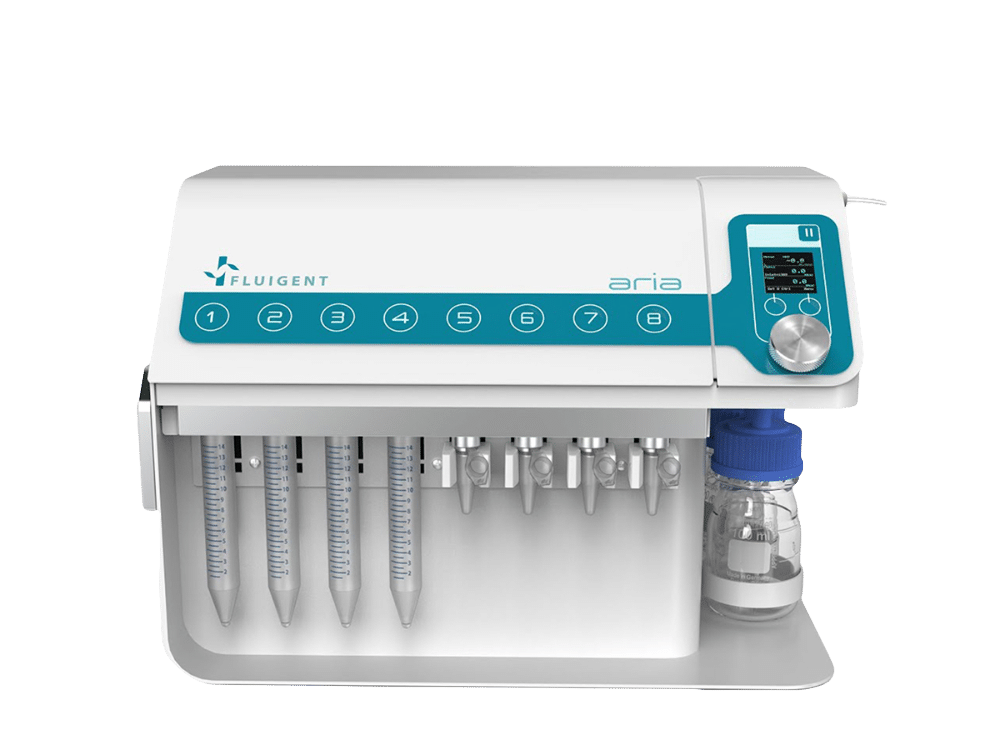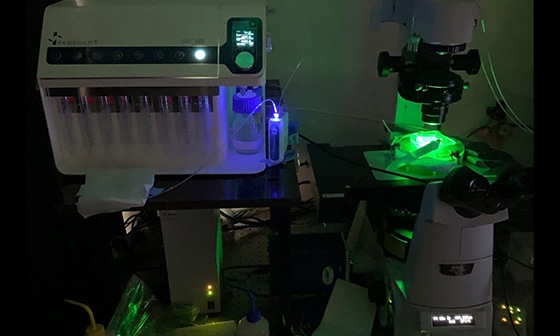Automating Cellular Immunolabeling in Microfluidics
Discuss approaches to automating the cellular immunolabeling process using microfluidic devices, thereby increasing efficiency and reproducibility.
Geometric constraints of chambers, often in the range of millimeters to microns can create substantial flow challenges during fluid delivery or perfusion. Cells within these chambers may experience shear stress, risking deformation or detachment from the substrate. Rinsing is essential to prevent antibody residues that can compromise image quality.
During manual experiments, pipetting variation and timing can lead to variability of data. Excessive flow rate variation can leadto cell damage. For neurons, extra care is crucial to preserve axons and dendrites. The procedure is time-consuming, as one must wait for fluid diffusion within chambers for effective cell labeling. Rinsing procedures are equally time-intensive, demanding precision to avoid both antibody residue and cell damage.
Fluigent’s automated sequential fluid delivery system, Aria, is an advanced tool to deliver multiple labels or probes for a wide range of immunostaining applications.
Agenda:
- Introduction to Fluigent’s expertise in the field of microfluidics and Organ-on-chip
- Aria: Fluigent’s automated sequential injection system
- Success story using Aria for neuron immunolabeling
- Have a live discussion with our experts and the option to discuss specific applications
Aria, our Automated Sequential Injection System
An all-in-one system for high-quality automated multiplexed imaging. The system combines a precision flow cell with a high-performance perfusion instrument.

Capture and Labeling of Cancer Cells Using Aria
We have demonstrated the use of Aria and its related software for the automated delivery of different liquids for the capture and labeling of breast cancer cells using a complex microfluidic setup. We also demonstrate how Aria can adapt to specific protocols via its software features, allowing for the optimization of protocols.
